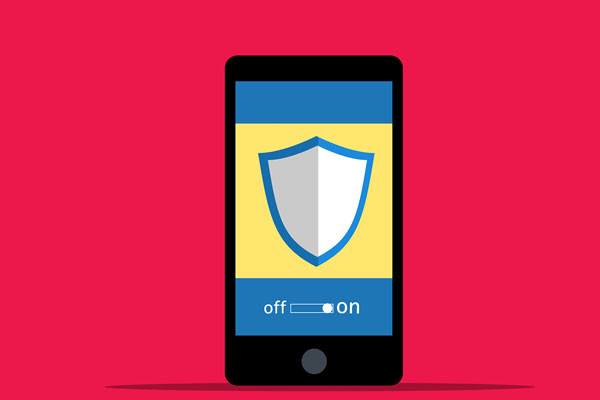
27 Aug Stay Safe with Encryption
In today’s hyper-connected world, data is the lifeblood of every business. From emails and financial records to customer information and intellectual property, the stakes have never been higher. And with cyber threats evolving faster than ever—malware up 30% and encrypted threats surging 92% in 2024 alone—encryption is no longer optional. It’s essential.
What is encryption?
It is the process of converting readable data into an unreadable format using algorithms and keys. Think of it as locking your data in a digital vault—only those with the correct key can access it. Whether you’re sending an email, storing files, or accessing cloud services, encryption ensures that your information remains confidential and secure.
Why it matters?
According to the Australian Federal Government’s Data Breach Report, 63% of breaches happen to businesses with fewer than 100 staff. That means small and mid-sized enterprises are prime targets. Without encryption, sensitive data like passwords, financial records, and customer details are vulnerable to interception and misuse.
How it works
Encryption is the process of converting readable data (plaintext) into an unreadable format (ciphertext) to protect it from unauthorised access. Only someone with the correct decryption key can convert the ciphertext back into its original form.
There are two main types:
Symmetric Encryption: Uses the same key for both encryption and decryption. It’s fast and efficient, ideal for encrypting large amounts of data. Examples include AES (Advanced Encryption Standard) and DES (Data Encryption Standard)
Asymmetric Encryption: Uses a pair of keys—one public and one private. The public key encrypts the data, and only the private key can decrypt it. This is commonly used in secure email and digital signatures.
What are the challenges?
Encryption is a powerful tool for protecting sensitive data, but it comes with several challenges that organisations must navigate. One major issue is key management, which involves securely storing, rotating, and distributing encryption keys—any misstep can compromise the entire system.
Performance and latency are also concerns, especially when encryption layers slow down remote access or real-time applications. Additionally, user experience can suffer due to complex authentication steps and compatibility issues with browsers or devices.
Organisations must also ensure compliance with regulations like Australia’s Privacy Act, as poor encryption practices can lead to legal and reputational risks. Choosing the right encryption algorithm is critical, as outdated or unsuitable methods can expose data to attacks.
Finally, third-party risks remain a concern—if vendors mishandle encrypted data, the organisation is still vulnerable. Addressing these challenges requires a balanced approach that combines robust technology with user-friendly design and strong governance.
Staying safe
At TCT, we recommend layering your defences with these essential tools:
- Email Security Premium: Prevent spoofing and phishing attacks by encrypting email traffic and verifying sender authenticity.
- Business Password Vaults: Store and encrypt company credentials to prevent unauthorised logins.
- Vulnerability Management: Scan your network for weaknesses before hackers do.
- DNS Filtering: Protect remote workers from malicious websites and botnets.
- ID Verification Systems: Ensure secure remote support by verifying both staff and technician identities
By understanding the different methods can help you choose the right one for your needs. If you want more information or need help securing your data, contact us today!
Robert Brown
27/08/2025
Related Articles:
Where Do Deleted Files Go?
Data on the Dark Web



